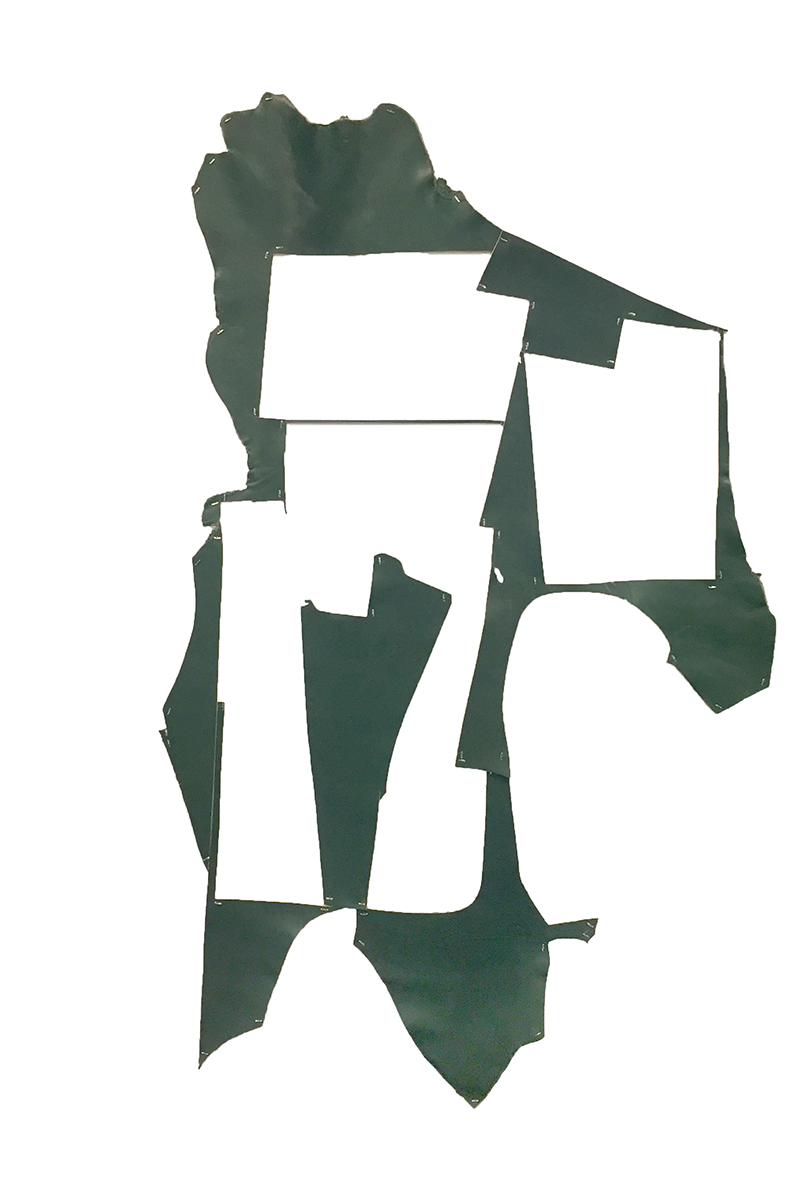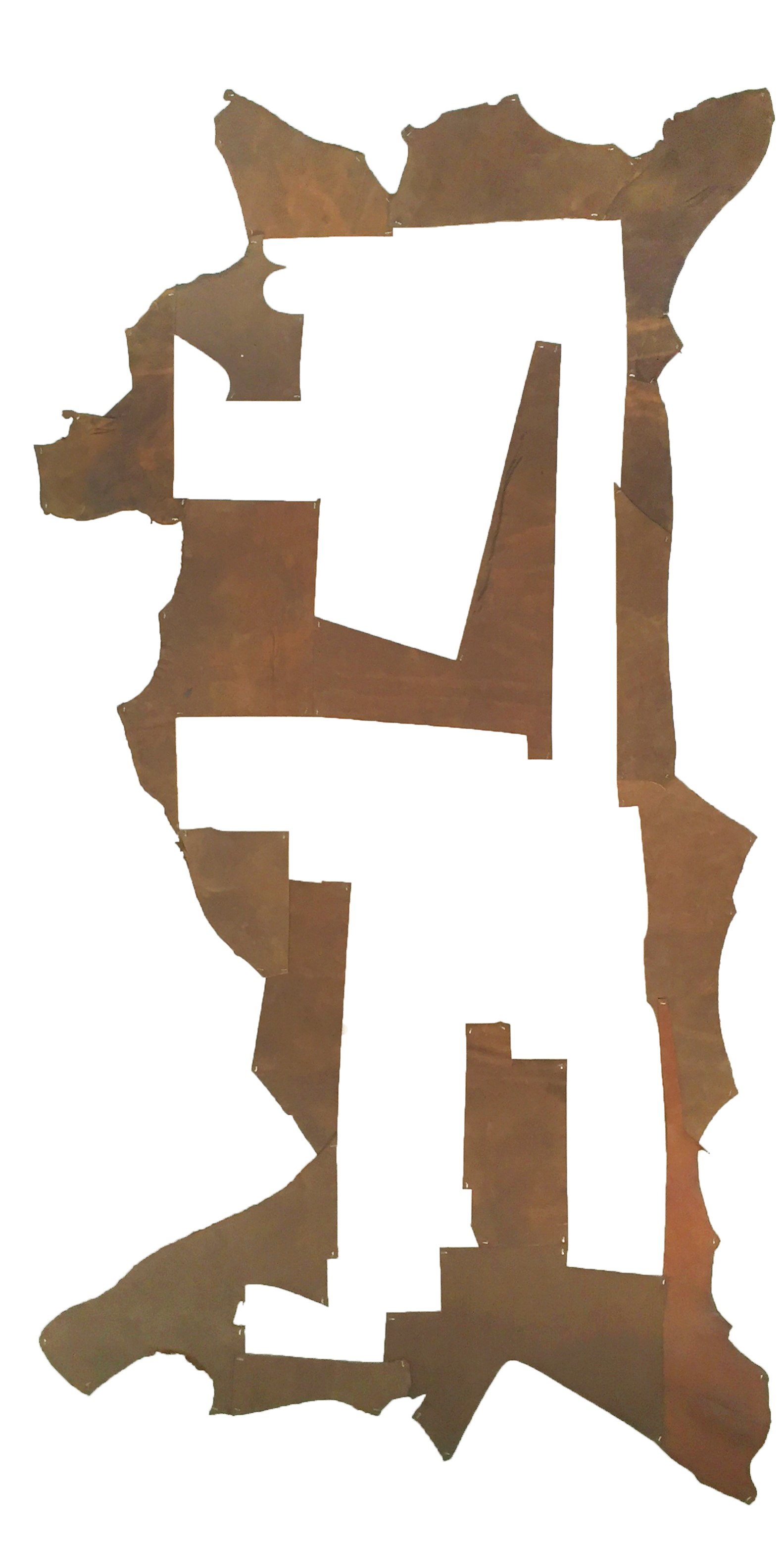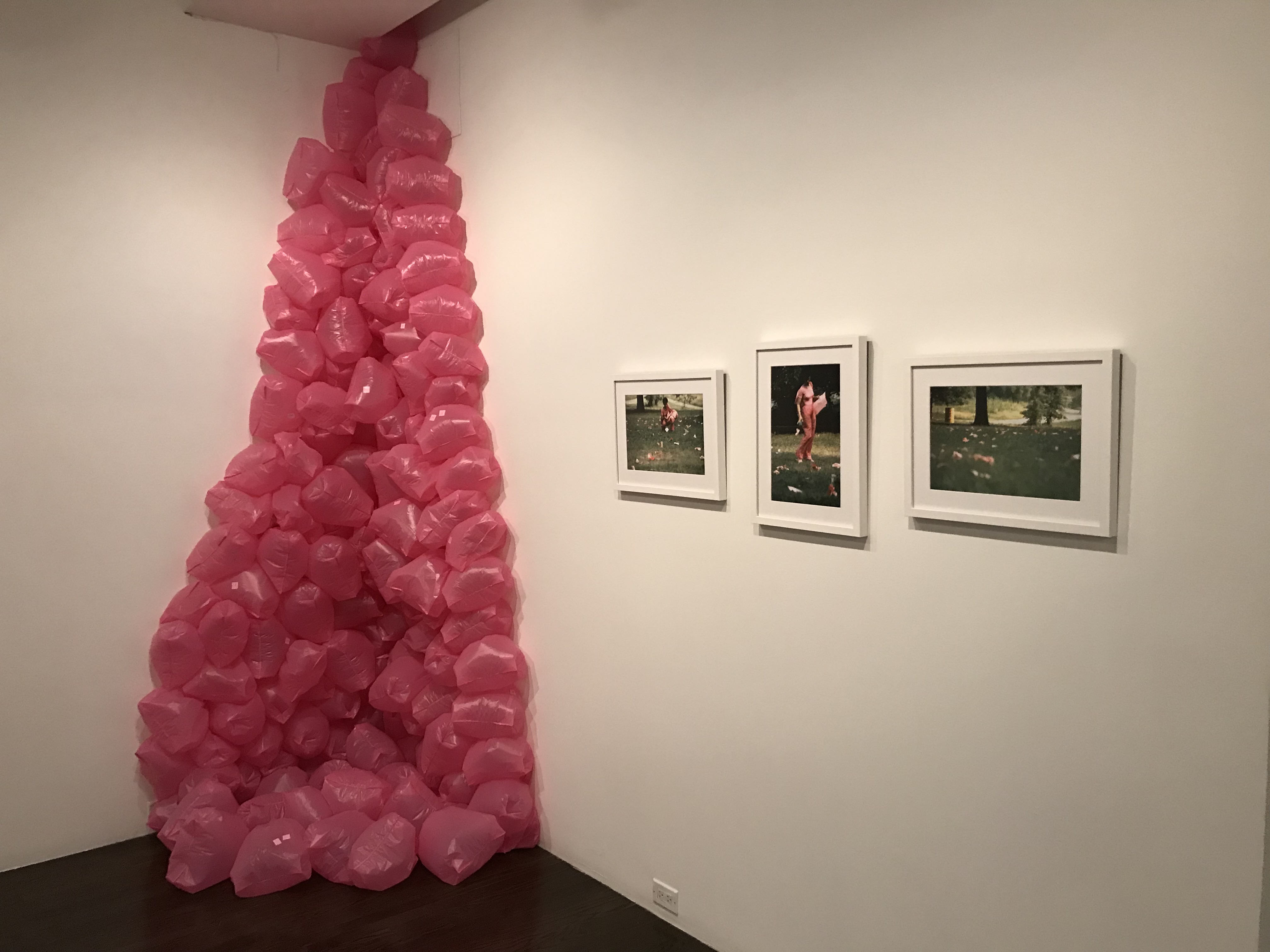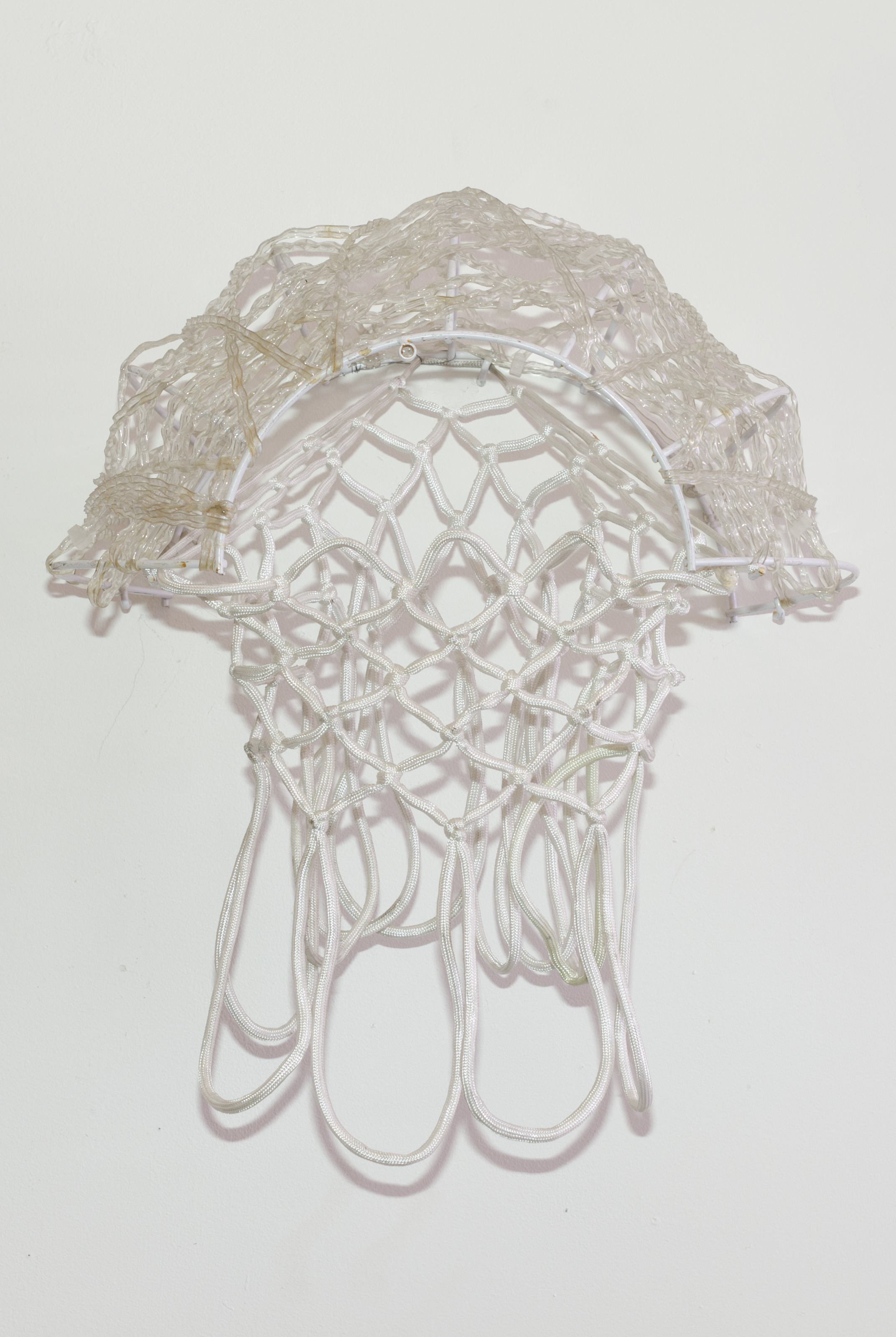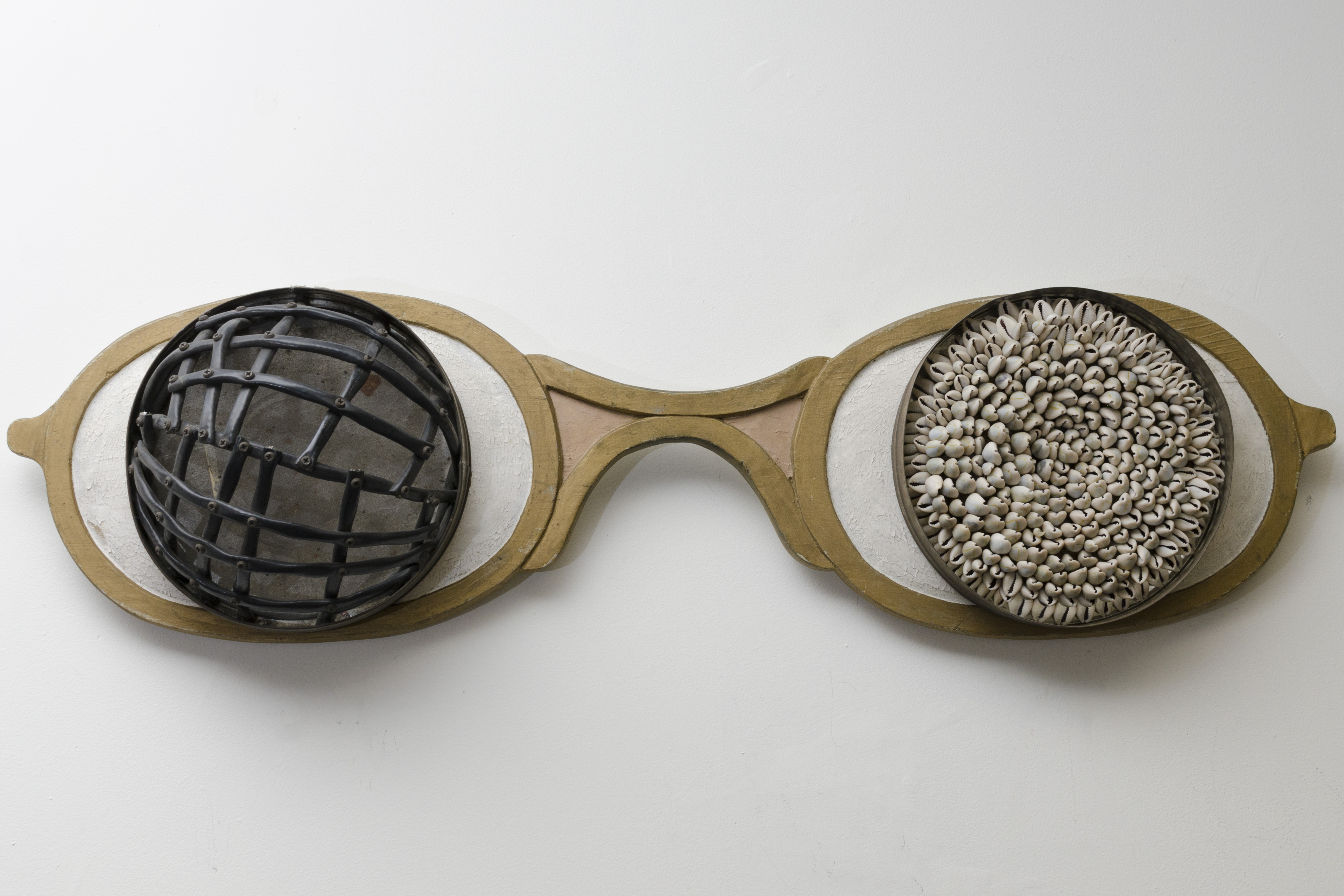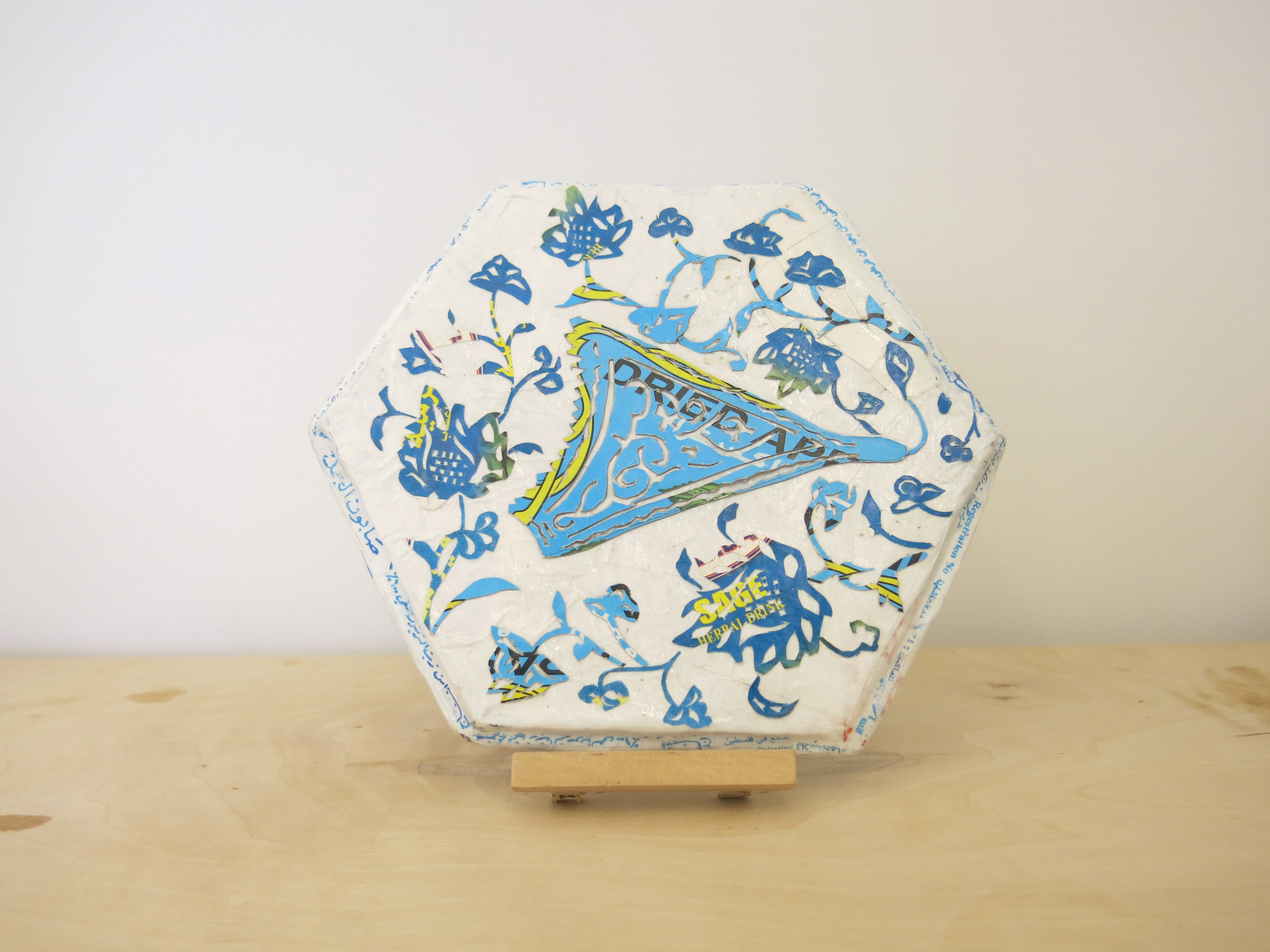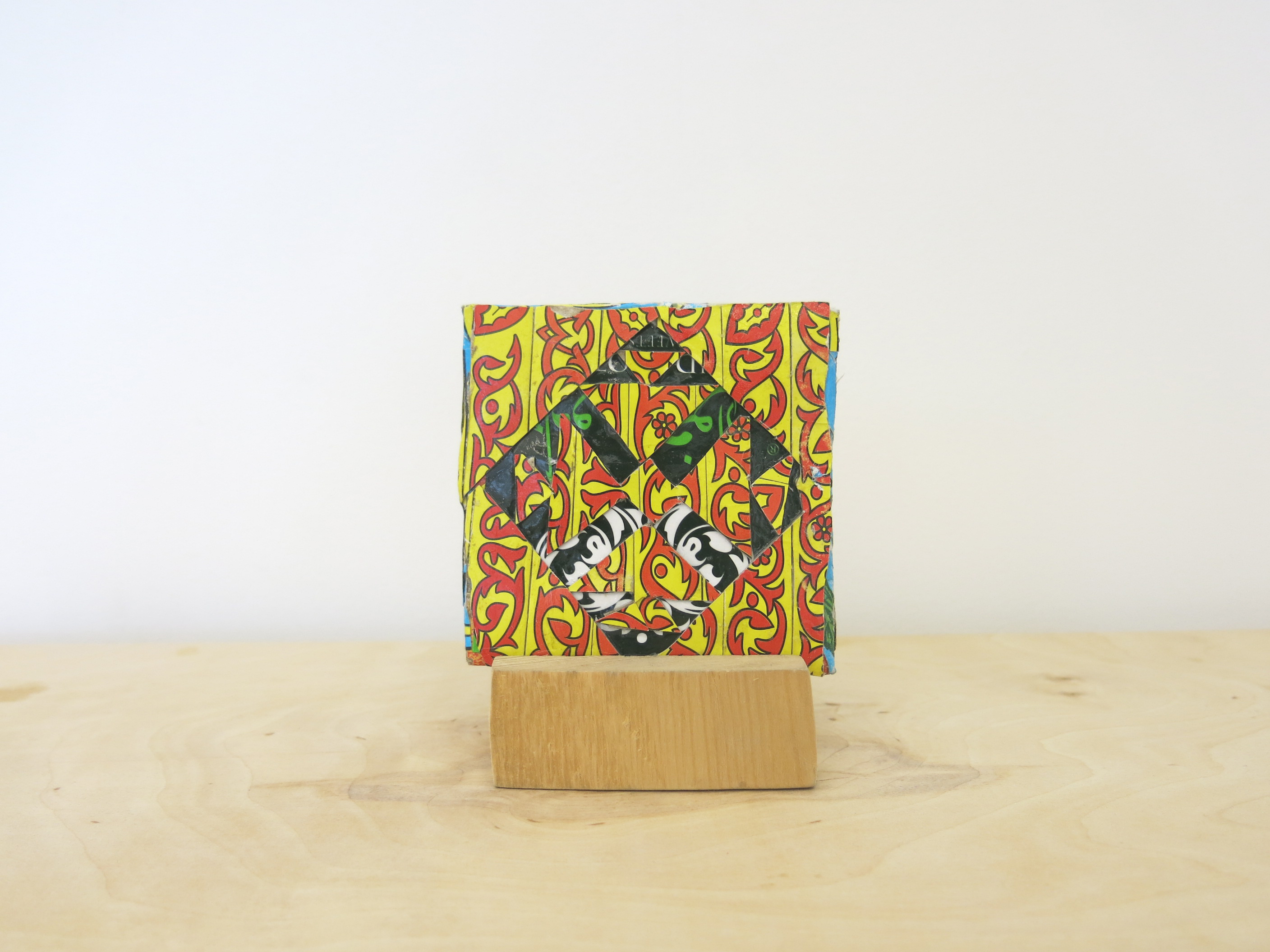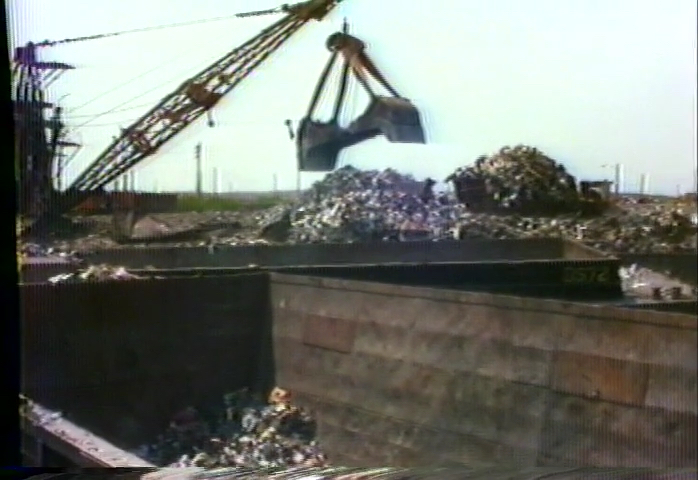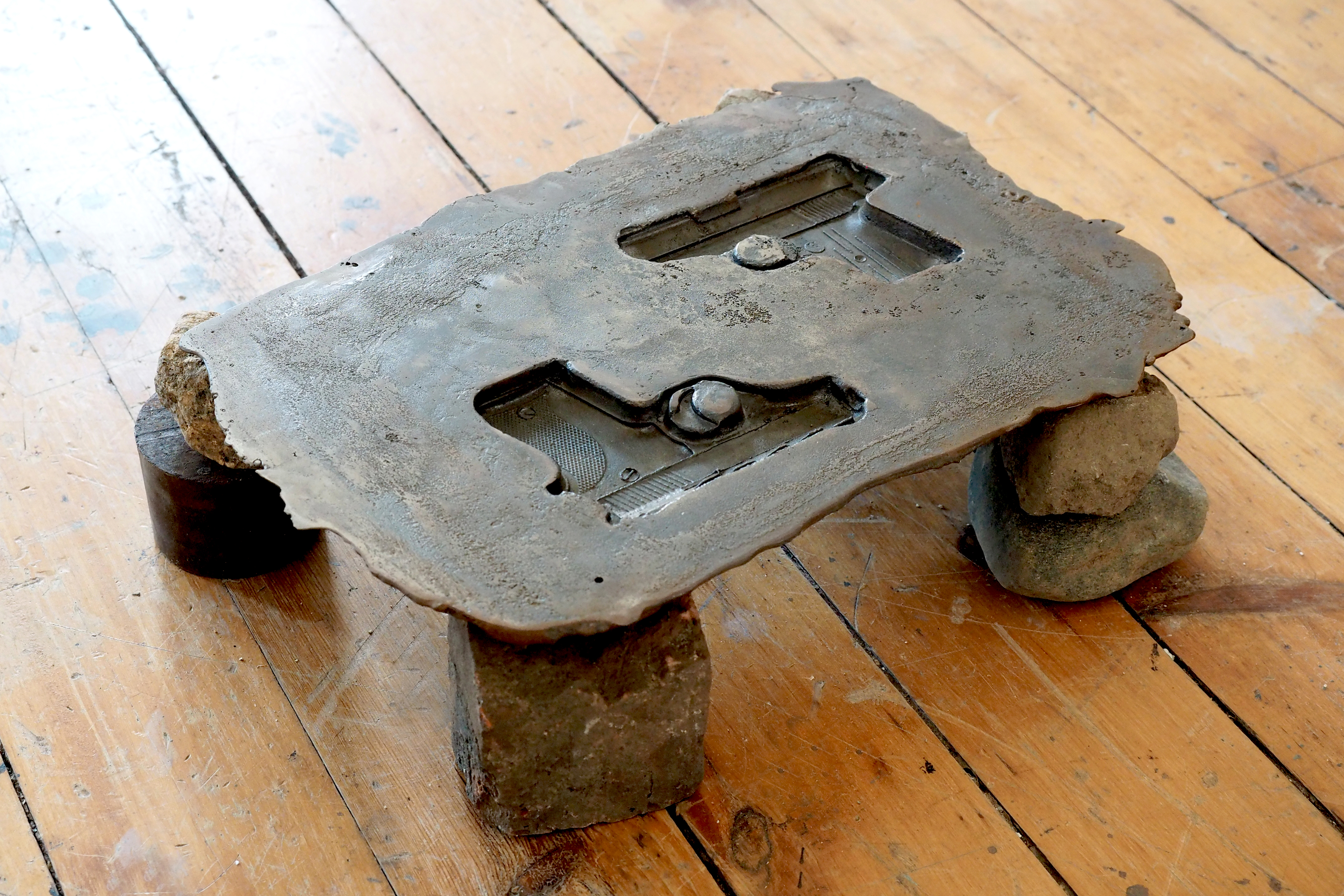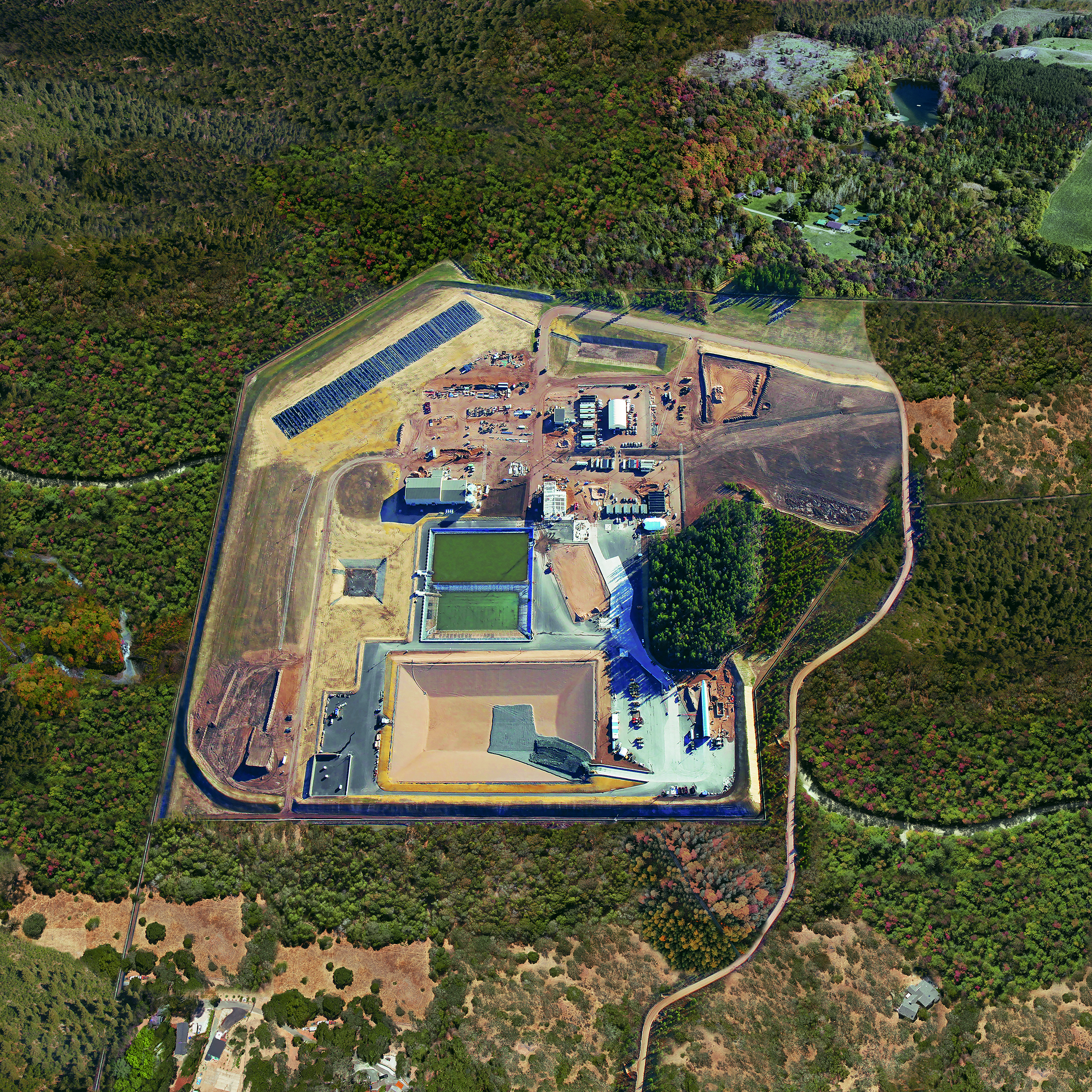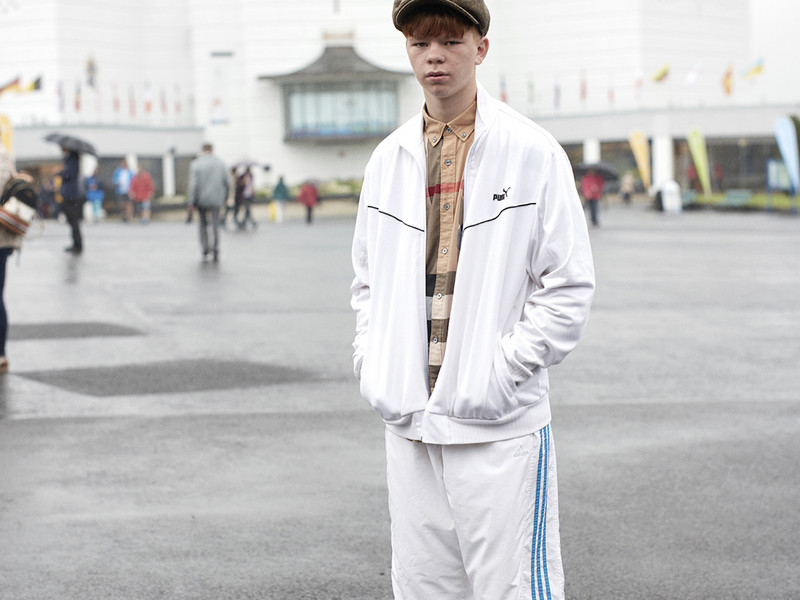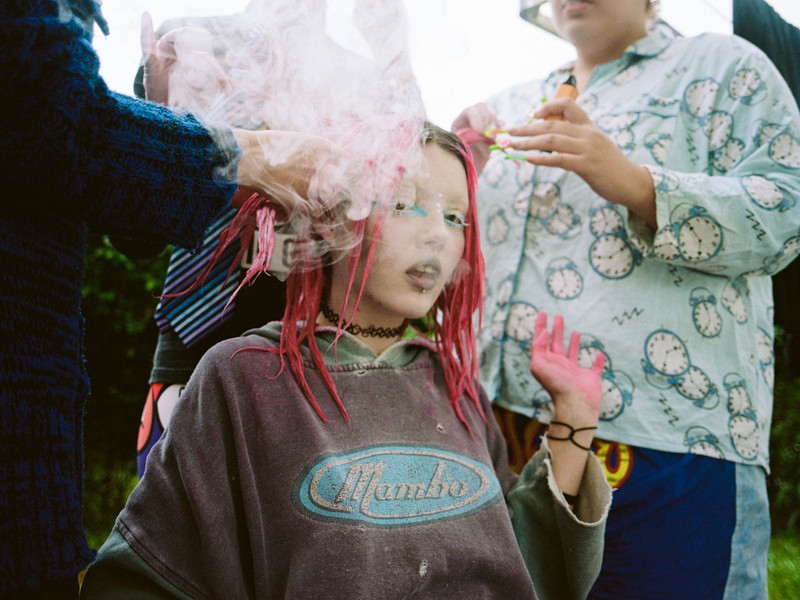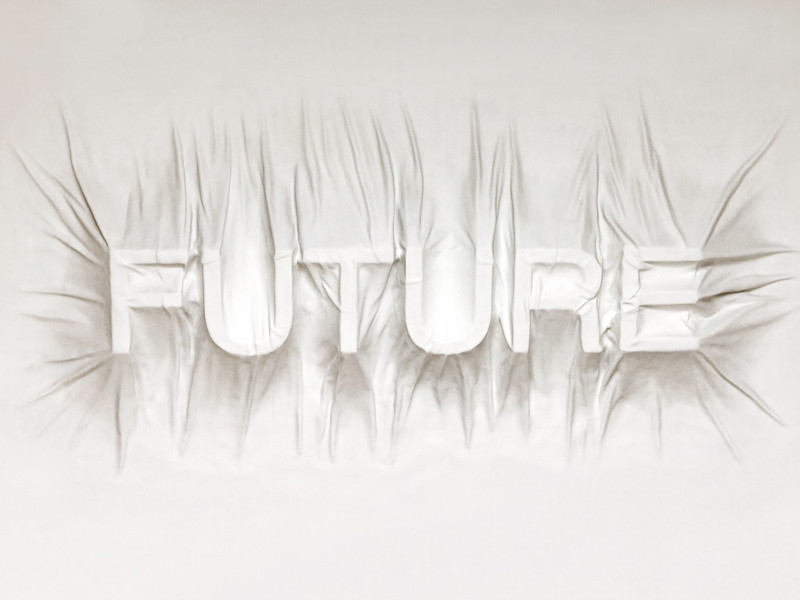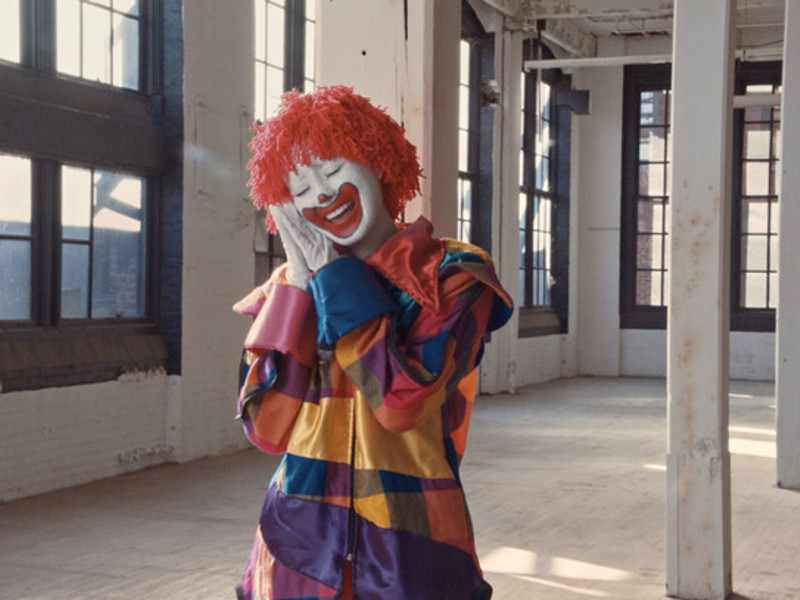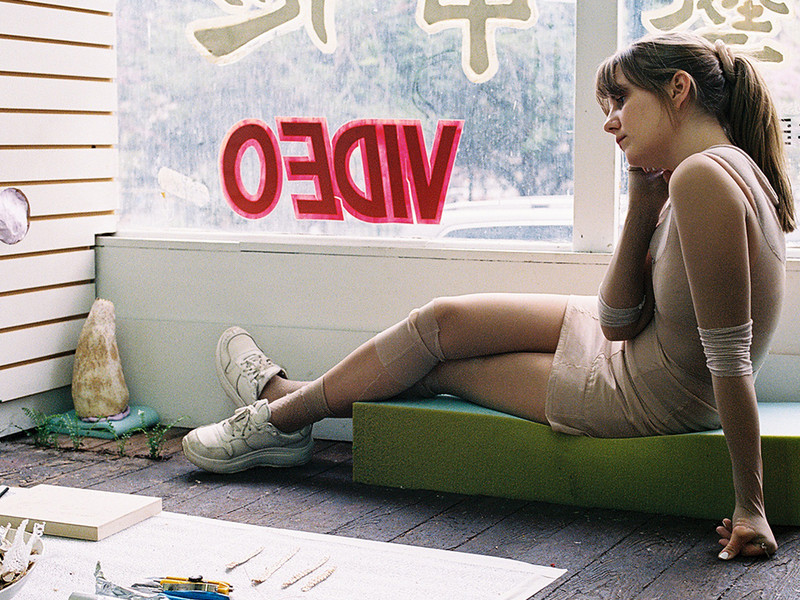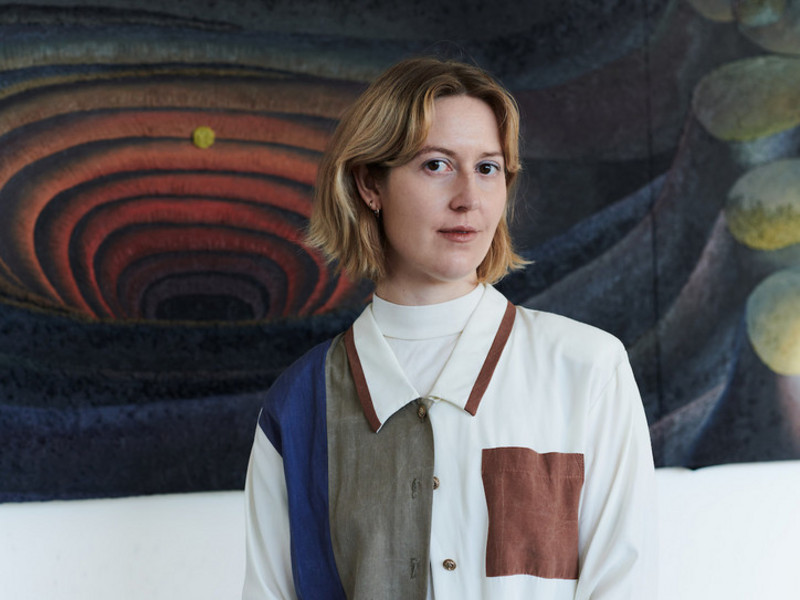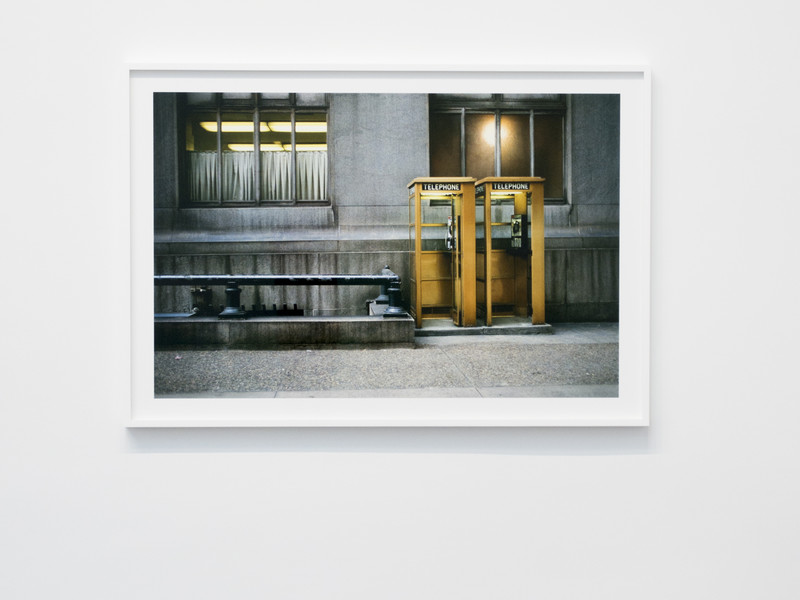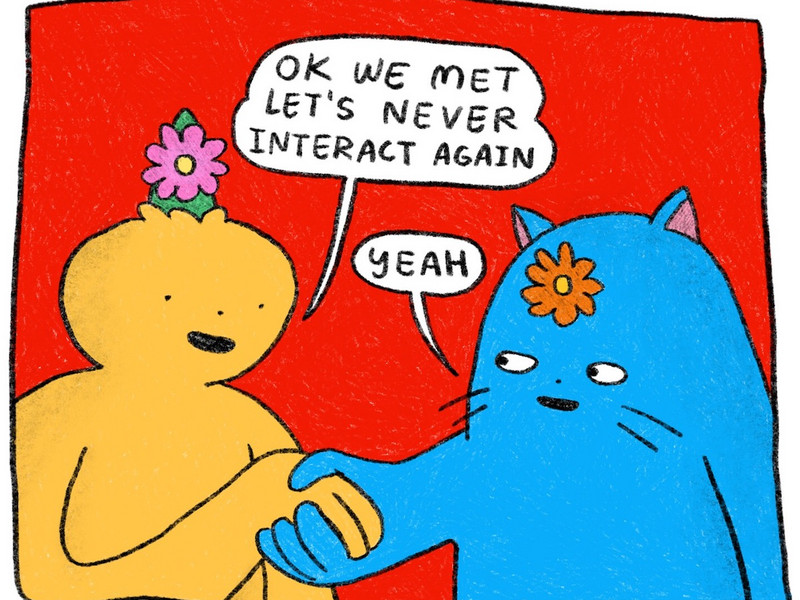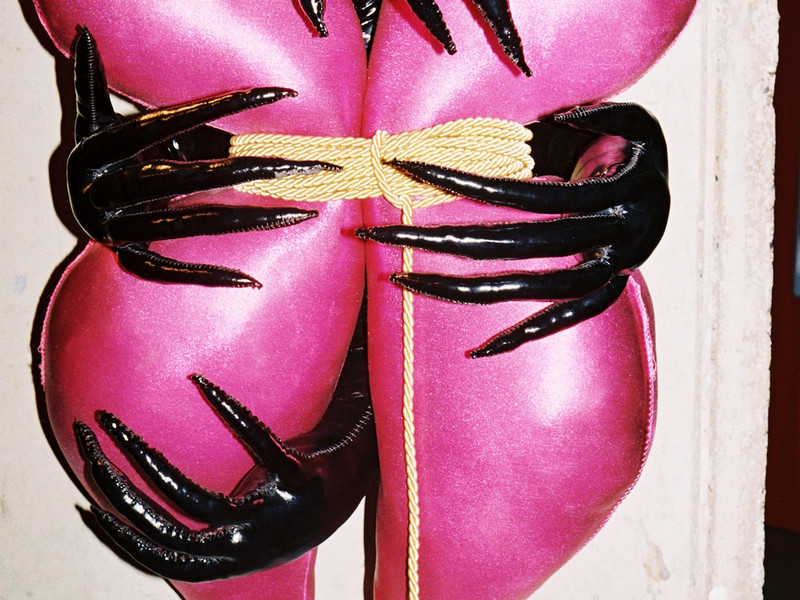Reduce, Reuse, Recycle
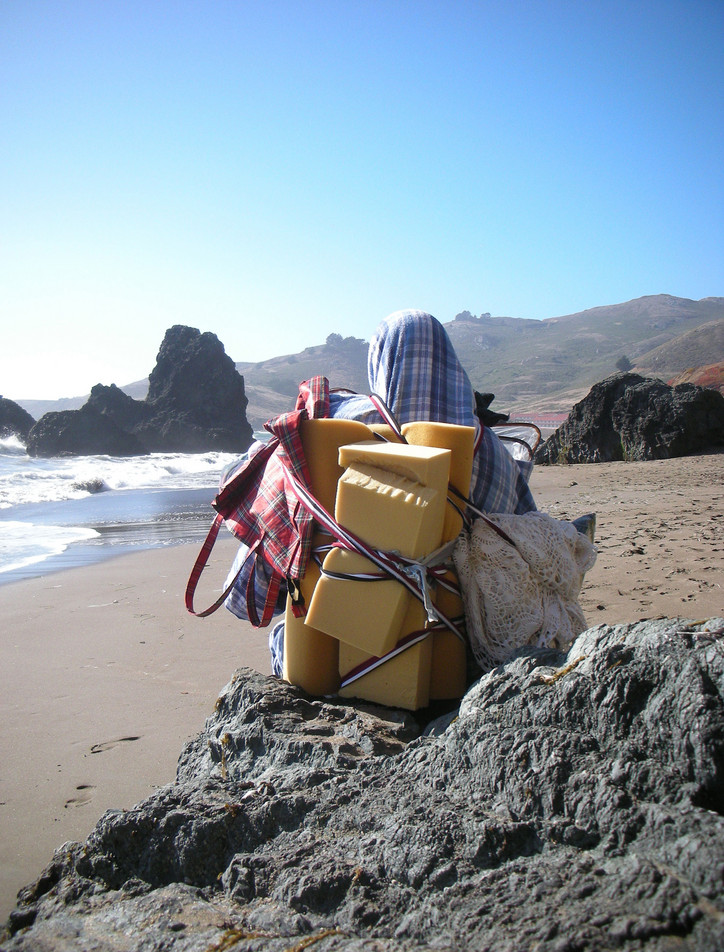
I’m obsessed with these objects you’ve created—tell me how they came to be.
MR—The looting of the museum was the first moment of pathos that opened up during the Iraq War. It didn’t matter whether you were for or against the war, everyone agreed that it was a catastrophe and that this was a loss for the whole of the humanity. For me, this was a very angry project in that the outrage about lost artifacts didn’t translate into an outrage about lost lives.
I understood the looting of the Iraq Museum in April 2003 as one that was aware of the insatiable global antiquities market, largely created by museums and collectors in the West, and that for so many people this was their ticket out of the country, a liquidation of the past to save their future. At the same time, I try not to focus on low-hanging fruit and want to understand the complicated, messy ethics of a situation.
I worked closely on this project with Dr. Donny George Youkhanna, the former Director General of the Iraq Museum and President of the State Board of Antiquities and Heritage who was responsible for the recovery of more than half of the 15,000 missing artifacts. He told amazing stories about the works. Some are replicated as quotes contained within the accession cards that accompany artifacts displayed within this ongoing project.
“This piece has a very nice story. It was taken by two young men during the looting—they took nine very nice pieces to their houses. They came to us after the looting and they said, 'Don't ask for our names or addresses. We were in the museum at the time of the looting. We felt very sorry because we could not stop anything.' Then they decided they would take things and bring them back when it was safe. And they did it. As soon as we had the American soldiers protecting the museum, they brought back the nine pieces.” —Dr. Donny George
I was also very interested in the discomfort I felt when he told me this, which again is reproduced among the accession cards: “Immediately following the looting, I heard of Iraqis in London who visited Room 56 in the British Museum to make sure something of their heritage was left. Before that, they were critical of the museum for housing things they felt belonged back in Iraq. Now, knowing they themselves could never go back, those objects were no longer contested in their view but were refugees, and safe, like them.”
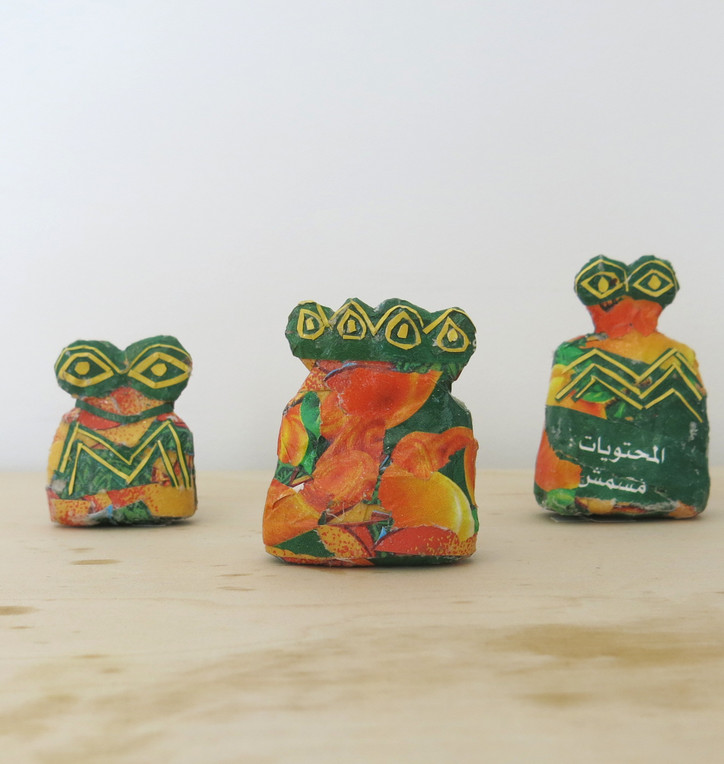
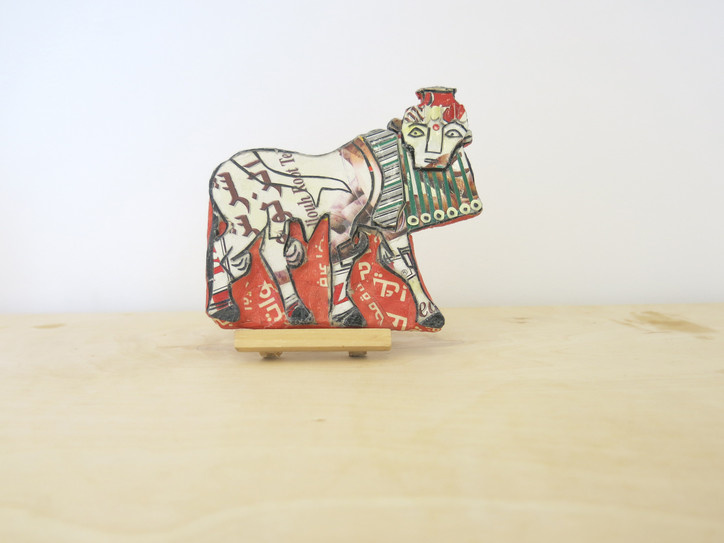
- Above: sculptures by Micheal Rakowitz from the series "May the Obdurate Foe Not Stay in Good Health," constructed from Syrian and Middle Eastern newspapers.
How do you feel like museums function in today’s culture? Are they still relevant?
I do think museums are absolutely still relevant today, for many reasons, not least of which is the fact that it keeps the traces of problems and failures alive. At age 10, my family traveled to London only two months after my grandmother passed away. She was our last link in our immediate family to Iraq, and we went to visit my uncle Niyazi and my auntie Tiffeh, who emigrated from Iraq at the same time as my grandparents, but decided to settle in London. The visit allowed us to reconnect with family and cross another bridge back in time to Baghdad. During our visit, my parents took me and my brothers to the British Museum where we visited the Assyrian Lion Hunt friezes, or The Lion Hunt of Ashurbanipal. In that room, sitting on a bench and looking with wonder at the carved panels, my mother told me that each carving was sequential, and that made this work from the 7th Century BCE the oldest comic book in the world. Then she told me it came from the place that she and my grandparents came from—modern day Iraq. I immediately wondered what it was doing in London. This was the moment when I really began questioning the authority and the very foundations of the Western imperial or encyclopedic museum. I wondered, did the museums in Baghdad have a piece of Stonehenge in exchange for these relics from Nineveh? What is the art scene of Iraq like? There is a very important art scene in Iraq, and for Iraqis outside of Iraq in cities like Amman, London, Los Angeles, etc. But I have never been to Iraq. A better resource for answering this question is Dr. Nada Shabout, an Iraqi art historian and professor, specializing in modern and contemporary Iraqi art.
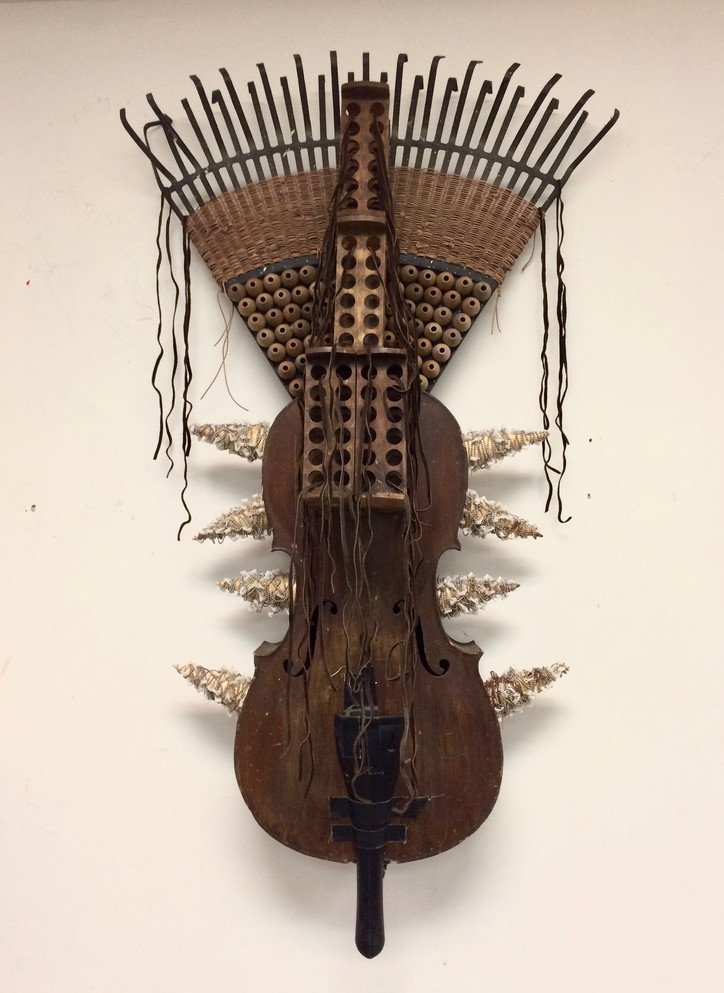
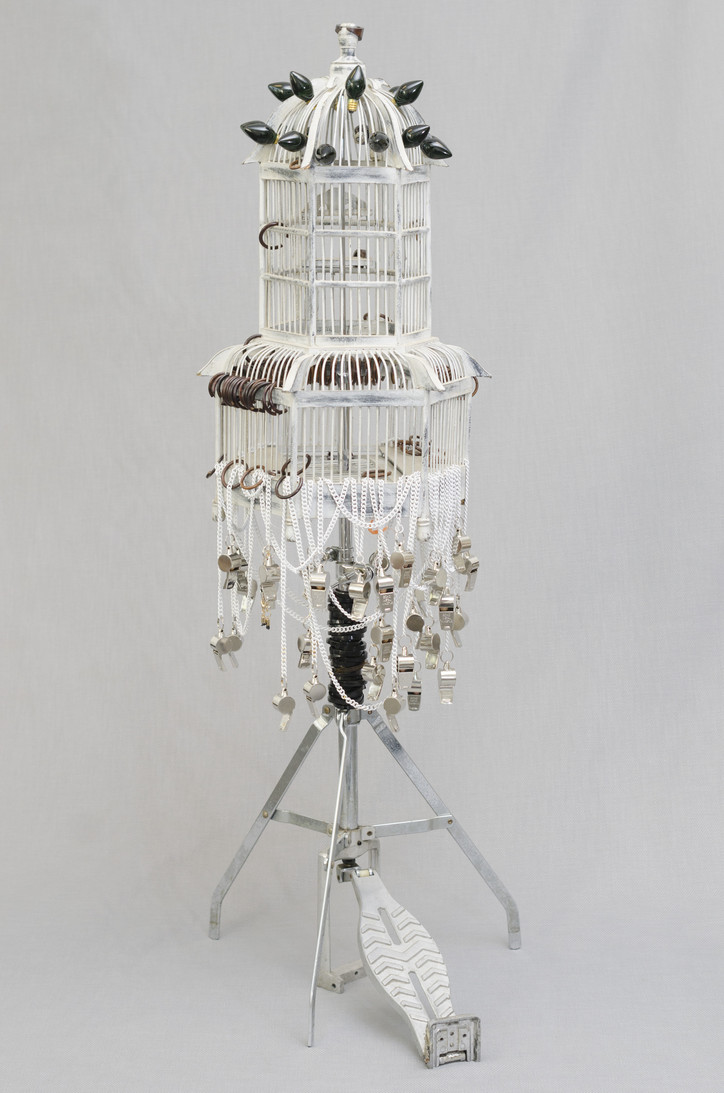
Above left: Michael Kelly Williams. "Wodakota", 2017. Mixed media sculpture in wood, leather, plastic, wire, metal. Courtesy of the artist. Above right: Michael Kelly Williams. "M’Boom", 2016. mixed media sculpture in steel, wood, iron, acrylic, glass, brass, and paint. Courtesy of the artist.
How do you find the things you use in your work? Any interesting stories?
MKW—In creating my sculptures, the process is two-fold: first, I find the objects themselves. Then, I assemble them. I find a lot of items on the street. For example, one summer evening while walking with my wife along Amsterdam Avenue near our home in Harlem, we happened upon a huge triangular broom which had broken off of a street sweeper. Another walk in our neighborhood, this time along Riverside Drive, yielded a weathered fragment of a piano keyboard. I eventually incorporated both of these objects into works of art.
What is it about found objects that speaks to you? What do they lend to your art, and how are they different from something you created by yourself?
I look for materials that draw me to them, that call out to me. At times, I may be attracted to the pure form, but usually it is the energy radiating within the object in an almost animistic way. I use materials that I view as being loaded with power or symbolic properties. I have been lucky to have found remnants of musical instruments, which to me still resonate with sound and music. I use materials that are seen as charged with their prior usage and practice. I also collect objects that can be read to have multiple meanings or allude to works of poetry, literature or myths. These collected objects are then repurposed through alteration, arrangement and construction to create assemblages. I see this creative process as relating to poetry in creating metaphors of meaning as the juxtaposition of materials interact and merge as a whole. I have at times carved a choice piece of found wood and then combined it with other objects. I have also used paint, but more often than not, I have left the natural patina of the objects untouched.
As an artist, I feel I have an obligation to create the best art I can possibly create. However, I don’t live in a vacuum. As a person of color in this society and in this world today, I also feel a responsibility to speak out on issues of social injustice and inequality, and in so doing, I hope my art helps to shine light on these issues and at the least brings on more empathy.
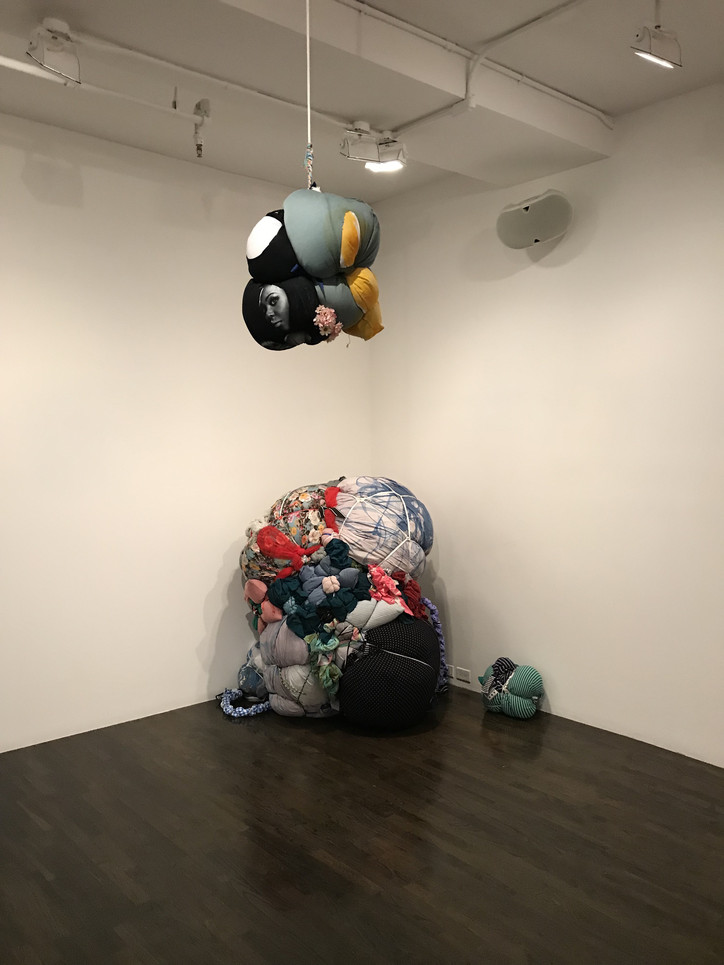
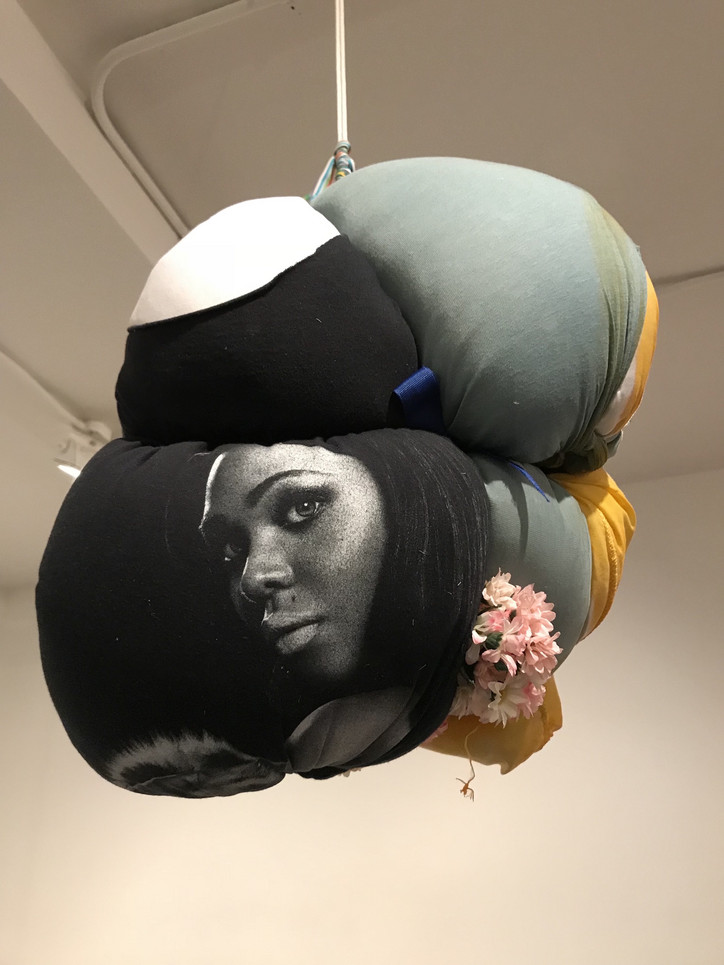
Above: Shinique Smith, Installation view of Untitled (Rodeo Beach Bundle), 2007. Digital c-type print. Courtesy of the artist.
Where have these bundles come from?
SS—Instinct. Instinctual, ritualistic tying and accidental geometries used to combine—histories, memories, compositional elements that are imbued with the energy of their previous life and both into one equalizing form.
What are these creations informed by? Is there a personal connection?
They are informed by my hand, by the materials I use—soft objects, belongings once beloved, consumed and then discarded, which resonate on both a personal and social scale.
What is hidden in the center?
Potential energy.
Cover image: Shinique Smith's "Untitled (Rodeo Beach Bundle)", depicting the artist wearing an outfit made of trash on the beach.
- Sedimentations: Assemblage as Social Repair will be on view at The 8th Floor through December 8, 2018.

